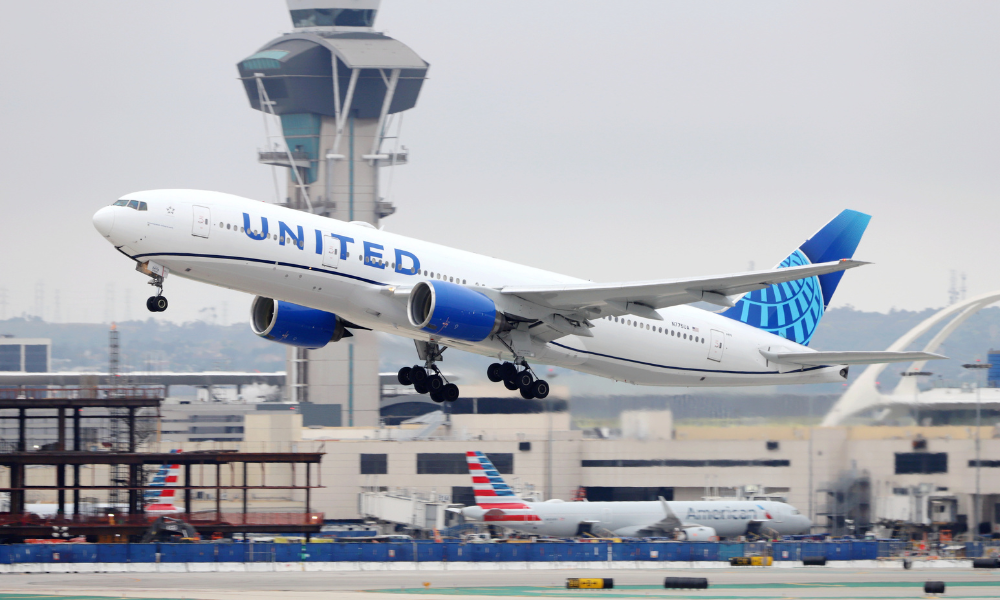'It's a cautionary tale for employers to not circumvent their obligations by playing fast and loose and hoping the employee will resign'

An Ontario employer has been ordered to pay a long-term worker 25 months’ notice plus $30,000 in punitive damages for putting the worker on temporary layoff during the pandemic and never recalling him.




